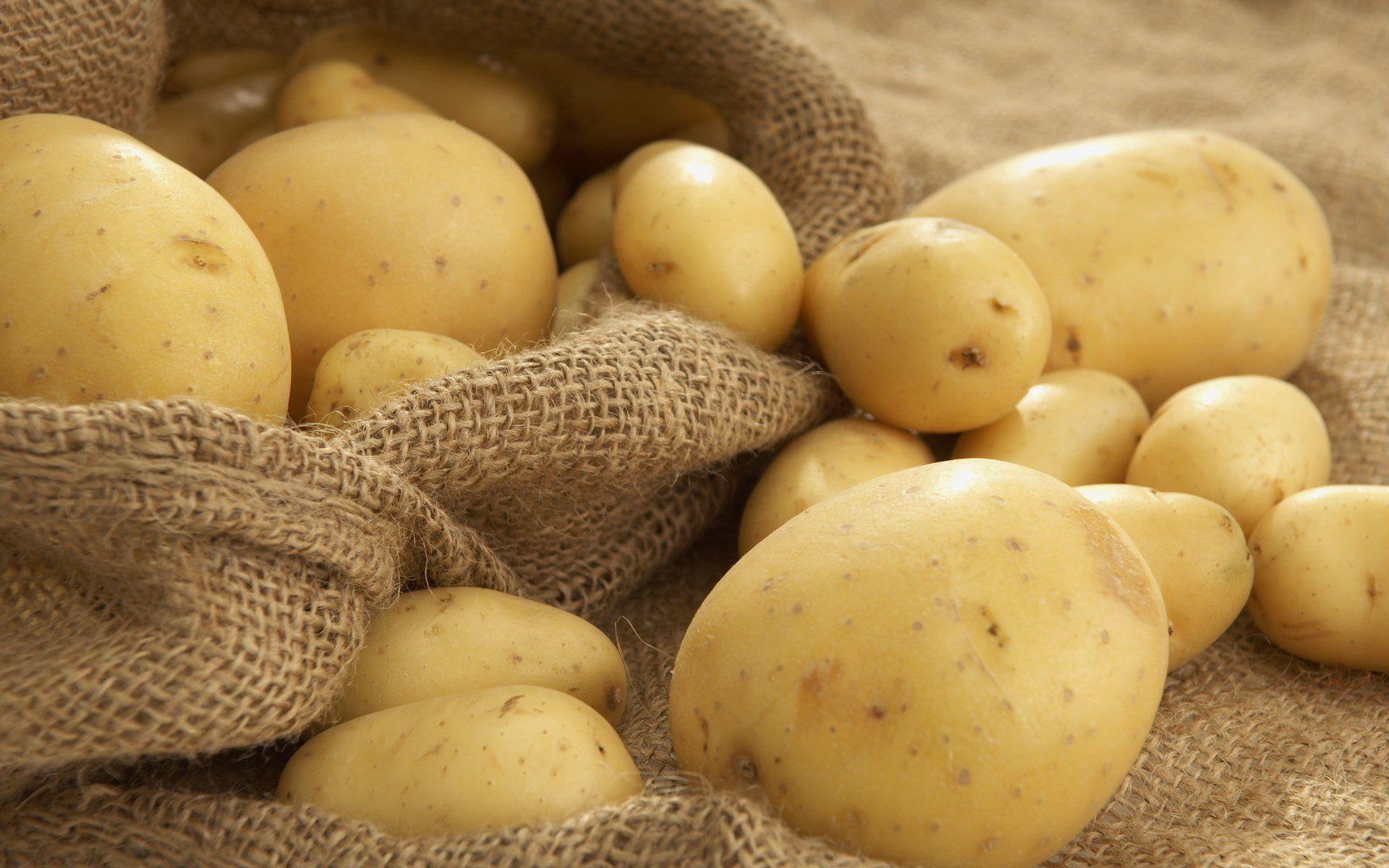



Article by: Hari Yellina
It’s not a competition… but potatoes have quietly surpassed apples as the most popular fresh vegetable item in Australia for the past financial year. According to the most recent volume of the annual Horticulture Statistics Handbook, which is published every February, the value of potatoes increased by $90.9 million from June 2020 to June 2021. The number of tonnes produced has increased by 5%, with 87 percent of Australian households consuming potatoes, with an average purchase of 1.7 kg every shopping trip. Freshlogic created the handbook, which contains the most up-to-date information on 75 different categories of fruit, vegetable, nut, nursery, and cut flowers.
According to Adam Briggs, Hort Innovation’s head of analytics and insights, the increase is due to Australians buying more potatoes when they go shopping, and their use in food service has increased year over year. He stated, “The humble spud has become a bit of a vegetable celebrity.” Figures on retail and food service use, exports and imports, share of production by state and territory, wholesale value, and volume are all included in the guide. Mr Briggs stated that the statistics indicated the clear obstacles that producers faced in the period studied, 2020-2021, but that there were also numerous positives, such as a resurgence in the foodservice industry. “One optimistic sign is that foodservice is recovering from the lows of 2019/20,” he said. For example, the volume and value of fruit and food service has rebounded, and the value has now surpassed pre-COVID levels.
However, the handbook’s other “obvious difficulties” provide some depressing reading. According to the guidebook, a lack of household expenditure on international and interstate travel poured into other expenses. “Household spending shifting between retail and food service channels continues to have an impact on food distribution,” it stated. While there were phases of food service recovery, as lockout limitations were re-applied, the channel remained vulnerable to fast share losses. These implications have been particularly difficult for food service in CBD locations, and as more employers embrace flexible working options, market circumstances will continue to be difficult.
One of the more alarming figures was the overall value of fresh horticultural exports, which was $2.37 billion in 2021/21, a -13 percent decrease from the previous year. The guide stated that “the changes in export value were primarily driven by losses in table grapes and almonds and rises in macadamias.” In light of present export market conditions and as we all grapple with the far-reaching effects of COVID-19, this export success indicates the strength of demand for Australian products.